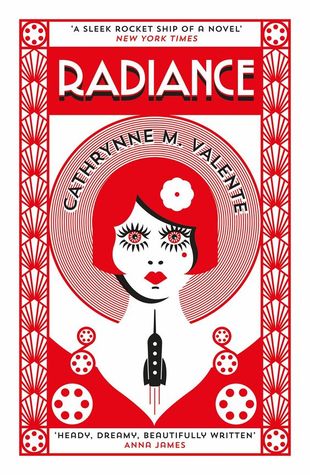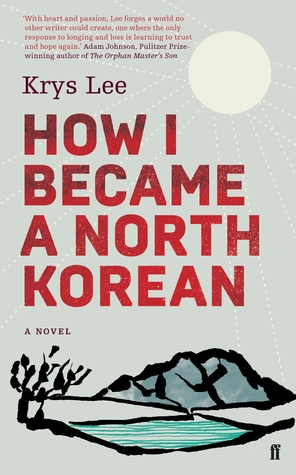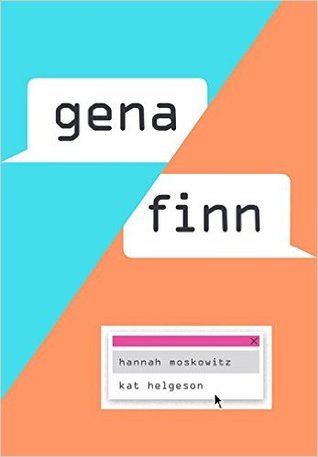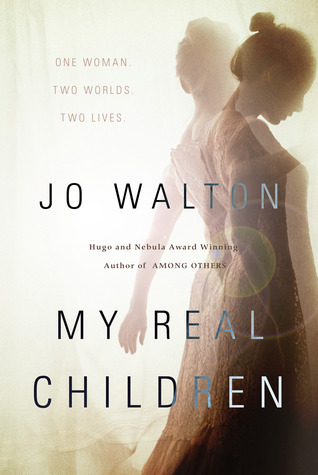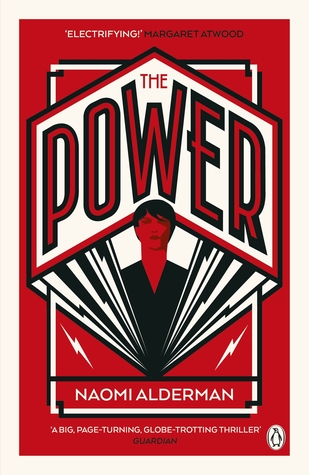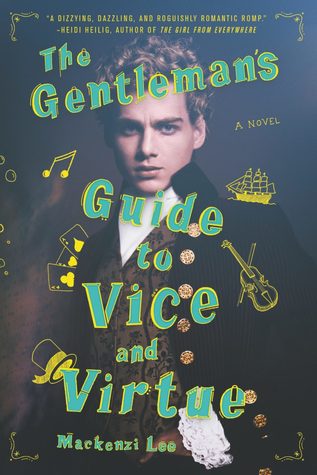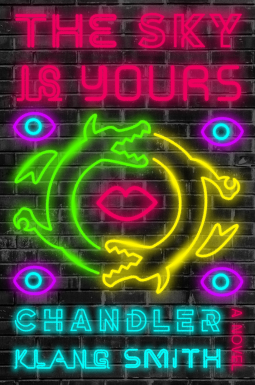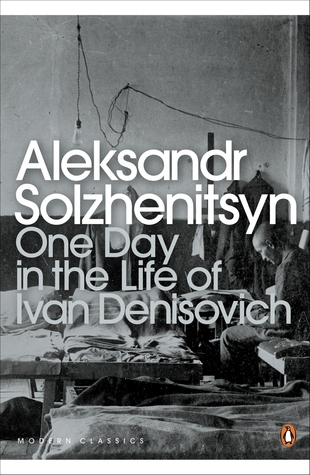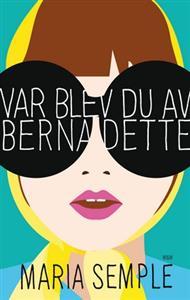The June selection for my Facebook book club was The Spider King’s Daughter, the debut novel by Chibundo Onuzo. I went in hoping that it would pull me out of the book slump brought on by Radiance, How I Became A North Korean, Gena/Finn, and the middle grade books I previewed for some of my students. The Facebook book club has the best hit/miss ratio out of all three that I’m in, after all.

Author: Chibundu Onuzo
My GoodReads rating: 3 stars
Average GoodReads rating: 3.42
Language scaling: B2+
Summary: Abike, the daughter of a wealthy (and shady) businessman, encounters “Runner G,” a street hawker with a tragic past, and the two begin a relationship. Things take an unexpected turn when Runner G takes a fresh look at his own history.
Content warning: The book opens up with a gruesome scene of animal cruelty, but everything else afterwards is fairly tame
Recommended audience: Thriller fans; YA fans looking for something a bit grittier; those interested in Nigerian literature
In-depth thoughts: Onuzo is an engaging writer and I hope she continues down that path. (Her second book, Welcome to Lagos, came out last year. Hurrah!) This was engaging at a time when nothing else I was reading could capture my interest and Onuzo deserves a lot of praise just for that.
My favorite parts of the book all involve spoilers. I will say this: what starts as a meet cute adolescent love story takes on an unexpectedly darker tone. Or maybe I should have been expecting that, considering that the book opens with Abike telling us about how her father had her beloved dog deliberately run over.
Most of the reveals were more or less obvious, but the book doesn’t rely on the shock of those reveals for impact. I think, even, Onuzo expects readers to already know the truth from the very beginning. It’s how the characters react to these reveals that’s engaging and unexpected.
The book switches between Abike and Runner G’s perspectives, with Abike’s in italics. Reading extended passages in italics is straining, at best, but Onuzo’s prose (and the short paragraphs) make it much easier than in other books (James Agee’s posthumous A Death in the Family, for example). At the book’s climax, when we switch between Abike’s and Runner G’s perspectives rapidly—at every line, for a short while—this typesetting choice proves very necessary.
Set in Lagos and with secondary characters from poverty classes with little or no education, there is a fair amount of pidgin English and Nigerian slang in the dialogue. Readers will be able to discern meaning from context in most if not all cases, but EFL readers might be a little disoriented at its initial appearance.

